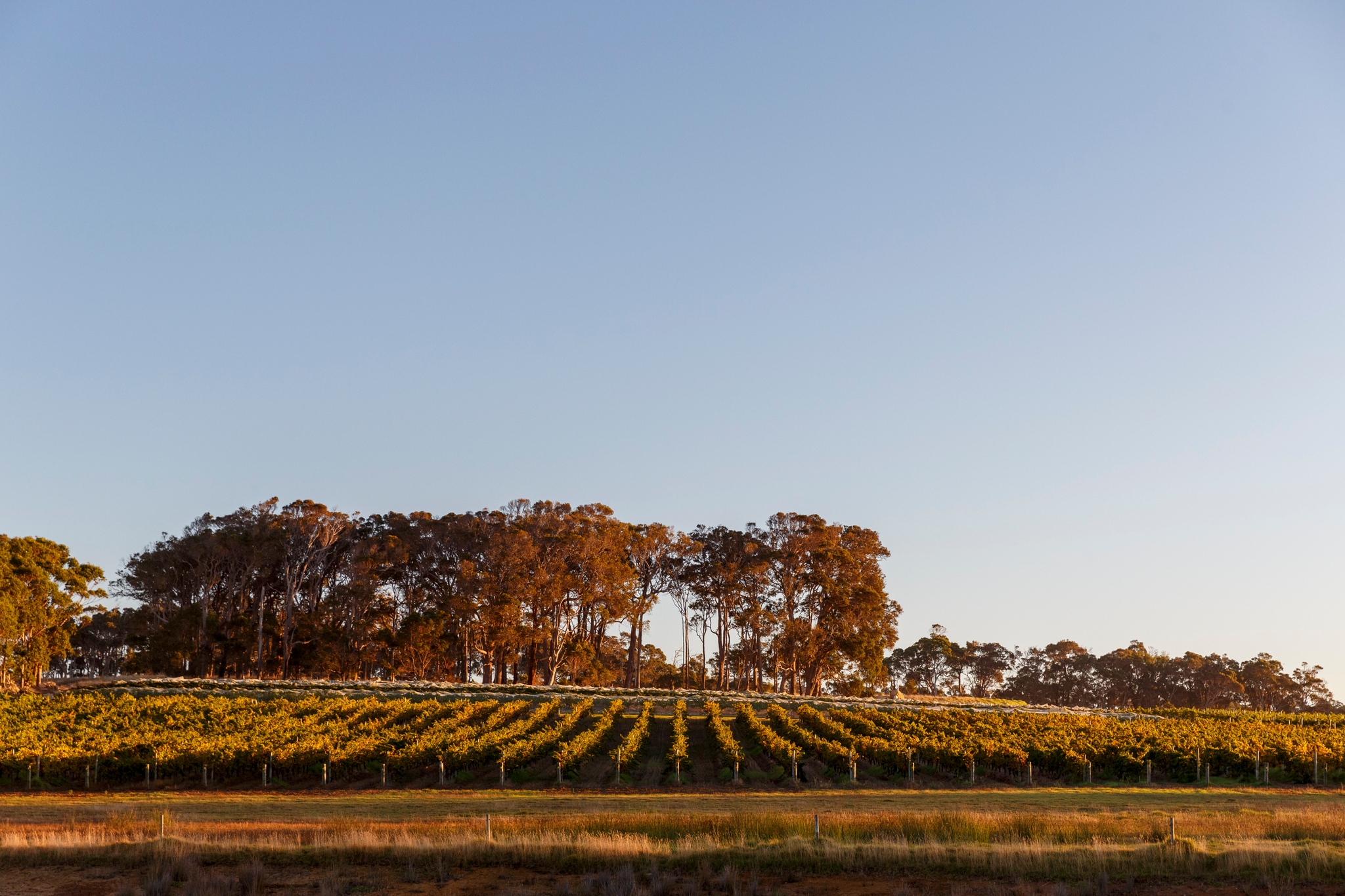A surge in demand for Biodynamic Wines?

Wine aficionados across the globe are becoming increasingly conscious of the methods used in winemaking leading to a surge in demand for sustainably produced wines. It seems that consumers don’t just want their food to be organically produced and sustainable, they care about the way their wine is made as well. Australia, known for its diverse and thriving wine industry, has embraced the principles of organic and biodynamic winemaking and with exports of these type of wines growing by 50% between 2016 and 2019, it seems that the world loves what our winemakers are doing. No longer are organic winemakers seen as the fringe dwellers only recently escaped from the hippie commune!
But for all the marketing and spin, confusion remains as to what all the buzzwords mean. Does anyone really know what is meant by “preservative free”, “vegan”, “organic”, or “biodynamic”? And if wines are made organically, does that necessarily mean that they must be vegan?
Organic winemaking revolves around the concept of farming grapes without synthetic fertilisers, pesticides, herbicides, or fungicides. Instead, organic vineyards employ natural alternatives to maintain soil health and protect the vines from pests and diseases. This approach aims to preserve the ecosystem’s balance and promote biodiversity. Organic certification requires adherence to strict organic farming standards, including regular inspections as well as the absence of chemical additives during the winemaking process. Annual audits by the licensing authorities (ACO) make it quite an expensive approach to winemaking.
Biodynamic winemaking, on the other hand, goes a step further, incorporating spiritual and cosmic influences into the winemaking process. This holistic approach views the vineyard as an interconnected and self-sufficient system. Biodynamic practices believe in enhancing the vitality of the soil, utilising natural composts, natural pest management protocols and preparations to promote soil fertility and vine health. Additionally, biodynamic winemakers follow a lunar calendar for vineyard tasks, believing that the moon’s phases impact the health of the vines and ultimately, grape quality.
But wine that is made organically isn’t necessarily vegan or preservative free. Because clarity of wines is often considered important by the consumer, winemakers use milk proteins, egg whites or gelatine to “fine” their wines and remove visual impurities. Vegan wines, however, either leave the wines a little “cloudy” or “fine” using “earthy” compounds like bentonite clay.
Likewise, organic wines are not necessarily preservative free as Australian certification permits the use of some preservatives, although the limit is roughly half the amount used in “conventional” wines. The most commonly used preservative is sulphur dioxide – a compound that also occurs naturally during fermentation.
Organic wine production has gained momentum in Australia over the past decade. Winemakers are increasingly adopting organic farming techniques, focusing on improving soil health and reducing their environmental impact. The Australian Certified Organic (ACO) label is widely recognised and tells consumers that the wine has met stringent organic standards. Renowned regions such as Margaret River, McLaren Vale and the Adelaide Hills are well known for their organic vineyards that produce exceptional organic wines across a range of grape varieties.
The biodynamic movement has also found a niche in Australia’s wine industry. There are plenty of pundits who still claim that it’s more witchcraft than science, but nonetheless, prominent Australian wine regions including the Yarra Valley, Barossa Valley and the Clare Valley are known for their biodynamic vineyards that produce high quality wines.
But can you really taste the organic or biodynamic difference? Some of the big names of the Australian wine industry have now embraced the “big living organism” concept; think Yangarra in the McLaren Vale and Grosset in the Clare. But if you really want to road test biodynamics, I reckon there’s no better vehicle than Cullen in the Margaret River. There are plenty of exceptional producers in the West, but Cullen prides itself on being the only biodynamic and carbon-neutral winery in the region. And if accolades define success, then Vanya Cullen’s naming as viticulturalist of the year in Halliday’s 2022 Wine Companion Awards, speaks volumes.
Good quality cabernet from the Margaret River is notoriously expensive. And Cullen’s Diana Madeline is no exception at $160 a bottle. In what is one of the most costly lineups I’ve arranged recently, I opened a 2021 bottle alongside a similarly priced 2020 Moss Wood and a Xanadu Reserve 2020 ($110) and asked my lunch guests if they could pick the biodynamic wine and which of the three cabernet they preferred. As it turns out, my guests put the Cullen on top as their favourite of the trio, but surprisingly, it was the Xanadu that polled the most guesses to be the biodynamically made wine.
The Diana Madeline is a blend of 91% cabernet sauvignon, 4% merlot, 3% cabernet franc and 2% malbec and shows a brooding red/black hue in the glass. An intensely aromatic violet nose leads to ripe mulberries and black/redcurrants across the middle. Refined and well-integrated tannins grip with kid-gloves through a dusty cedar and vanilla conclusion. It’s not hard to see why oenophiles and critics alike rate this Cullen icon so highly.
The star of organically made wines is undoubtedly on the rise, and given the success of producers like Vanya Cullen, biodynamics is no longer seen as sorcery and voodoo, but rather, a mark of integrity, calibre and character. Even though, it seems, they can be difficult to distinguish from a well-made mainstream counterpart!
As published in The Courier Mail